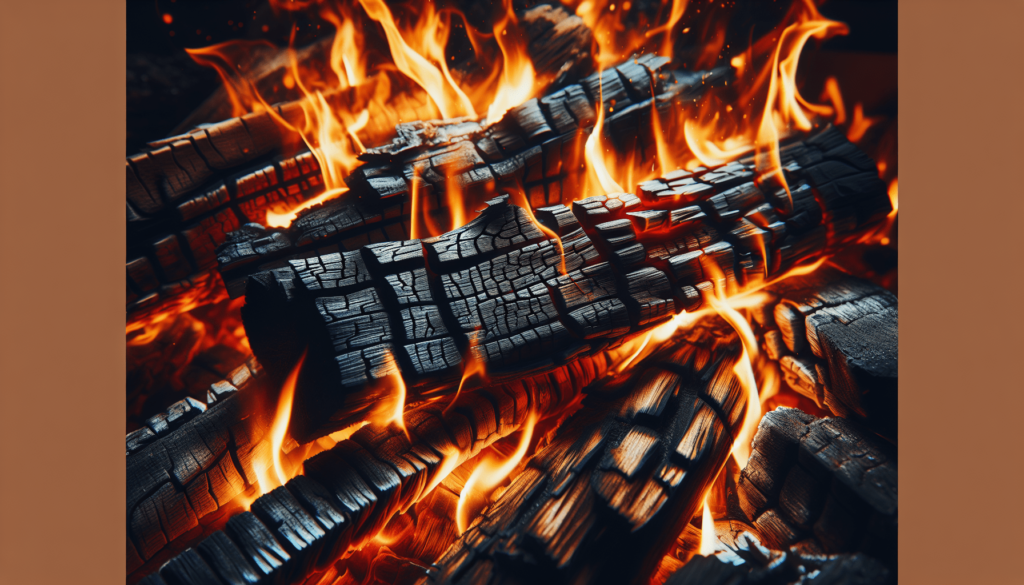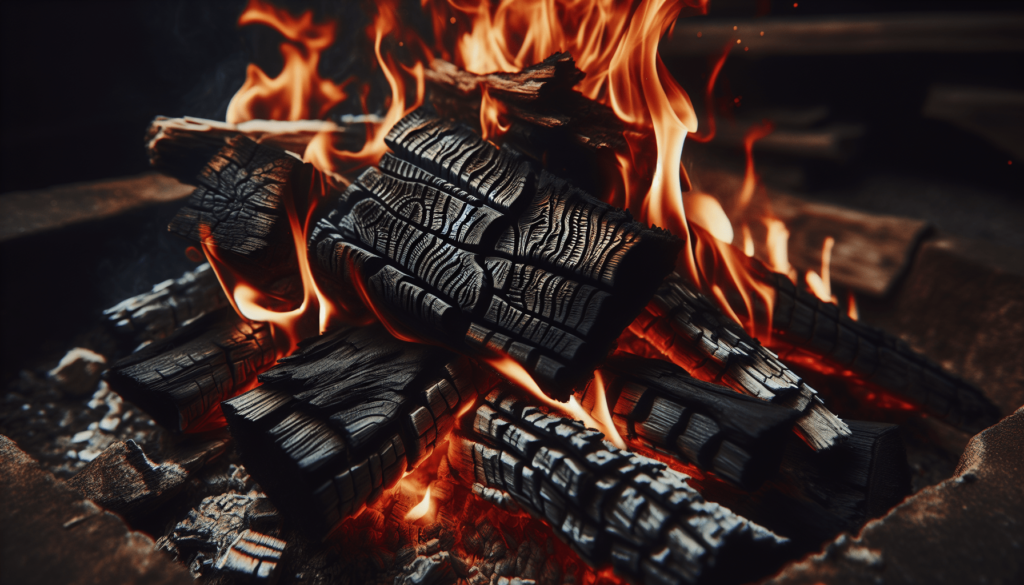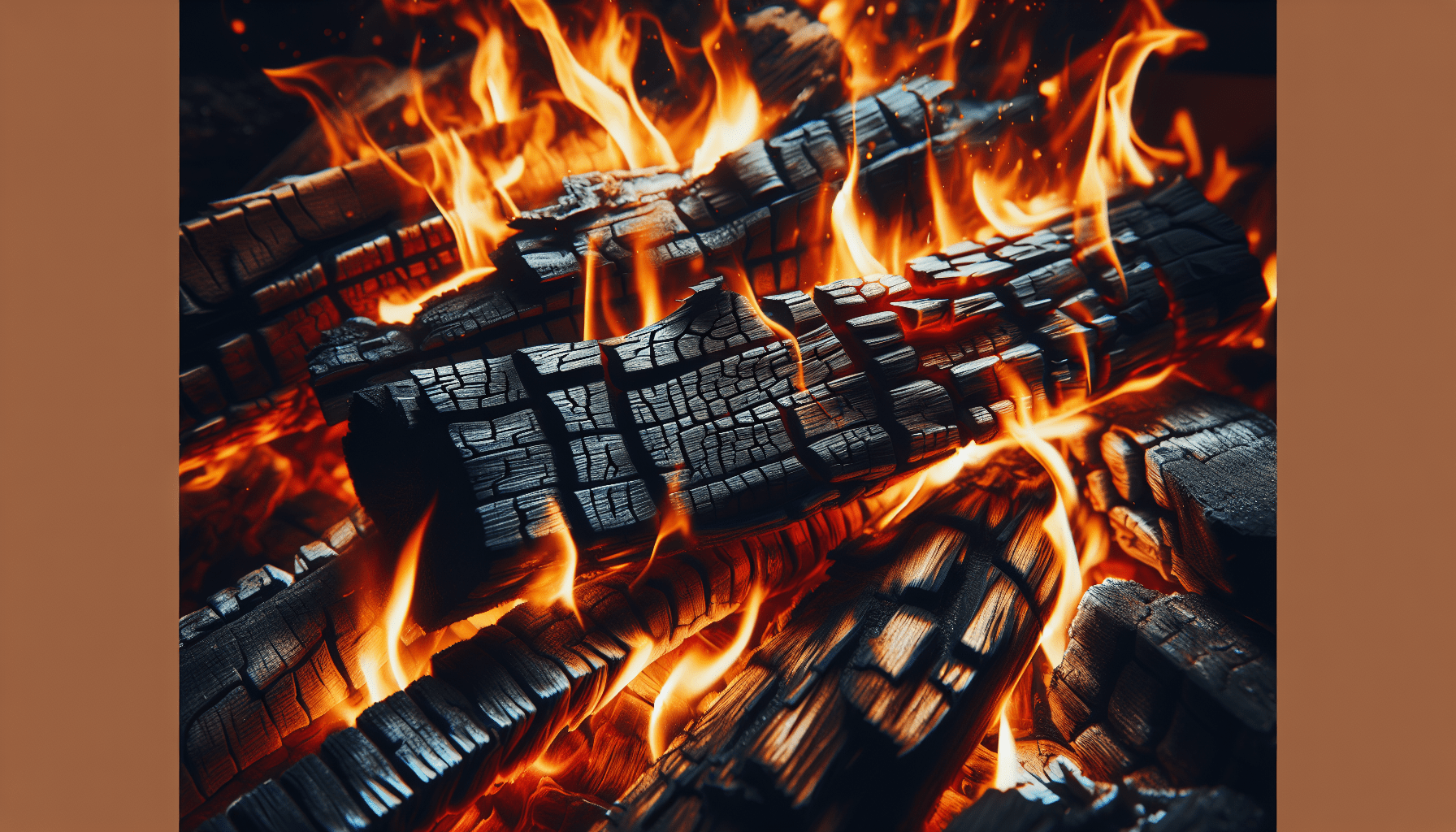The sound of burning wood is one of those cozy, comforting noises that instantly brings a sense of warmth and relaxation. When sitting by a campfire or a fireplace, the distinct crackle and pop can almost feel like a gentle conversation between the wood and the flames. This sound, often described simply as “crackling,” is caused by the rapid heating of moisture within the wood, which then expands and bursts out. It’s a delightful auditory experience that enhances the ambiance, making any fire-lit setting feel even more magical. What is the sound of burning wood called? I bet this question has crossed your mind at least once, probably while you were nestled by a toasty fire on a chilly night. The crackle, the pop, the hiss—all of these noises feel remarkably familiar. But what do we actually call the sound that burning wood makes? It’s not a topic I usually find myself pondering, but here we are.
Crackling: The Main Act
Crackling is the most commonly recognized term for the sound of burning wood. If you’ve ever sat around a campfire or snuggled next to a fireplace, chances are, you’ve found comfort in the rhythmic crackle of the flames. It’s almost like nature’s soundtrack to relaxation. But why does wood crackle when it burns?
The Science Behind the Crackle
The crackling sound of burning wood occurs because of the moisture and gases inside the wood. As the wood heats up, the water and volatile organic compounds inside it begin to evaporate and expand. This creates pressure. When the pressure becomes too great, the gases are released, causing small explosions that manifest as the “crackling” sound. It’s like wood is having a tiny fireworks show just for you.
Quick Breakdown
| Sound Component | Cause |
|---|---|
| Crackling | Moisture and gases expanding and releasing in the wood |
| Popping | Resin pockets or knots in the wood bursting |
Resins and Knots
There’s more to the crackle than just water vapor. Ever notice how some logs make louder or more frequent pops? The culprits are often resin pockets or knots in the wood. Pine and other resinous woods are notorious for this. As these areas heat up, they release their resin in tiny, explosive bursts, adding another layer to the auditory experience.
Popping: The Unexpected Guest
Closely related but distinct from crackling is popping. Imagine you’re just starting to doze off in front of the fire when suddenly—POP! It’s loud, it’s sudden, and it grabs your attention. Unlike the regular, rhythmic crackle, popping tends to be more sporadic.
What’s Behind the Pops?
Popping events are usually caused by resin pockets or unexpected pockets of moisture inside the wood. When these burst, they release energy quickly, creating that distinctive pop. While it can be startling, it’s another element that makes the wood-burning experience rich and engaging.

Hissing: The Sizzling Subplot
Then there’s hissing—the sound that seems to whisper from the fire’s depths. It’s subtler, almost like background noise, but it’s there. The hiss comes into play when the wood is too wet to burn efficiently.
Moisture and Hissing
Hissing is primarily the sound of water turning into steam. When wood retains too much water, it doesn’t burn cleanly. Instead, the fire has to work harder to evaporate the water, which creates a hissing sound. If you ever hear this while you’re trying to get a fire going, it might be a good idea to switch to dryer wood or let your logs dry out a bit before using them.
Quick Breakdown
| Sound Component | Cause |
|---|---|
| Hissing | Excess moisture turning into steam |
The Chorus of the Flames
Taken together, these sounds create what could be described as the “chorus of the flames.” Each plays its part, contributing to the overall experience of sitting by a fire. While “crackling” might be the headline act, “popping” and “hissing” add their own unique notes to the symphony.

Why Do We Love These Sounds?
So why are we so mesmerized by the sound of burning wood? It might be in our DNA. Early humans depended on fire for survival, so the sights and sounds of a well-burning fire might still trigger a sense of security and comfort deep within us. Plus, it’s just plain relaxing.
A Psychological Comfort
Listening to the sound of burning wood induces a state of calm and relaxation. It can lower your heart rate and even help you fall asleep faster. Kind of makes you think there should be more fireplaces in therapists’ offices, doesn’t it?
Other Related Sounds
The Sizzle of Food on a Campfire
While we’re at it, let’s not forget the sizzle of food cooking over the flames. That’s a whole other auditory experience that’s equally pleasurable. Something about the combination of the crackle of wood and the sizzle of food makes for a feast, not just for the stomach but for the ears as well.
Wood Types and Their Acoustic Differences
Not all wood sounds the same when it burns. Different types of wood produce different sounds. Here’s a quick overview to get you acquainted with the acoustic profiles of various types of wood.
Acoustic Profiles of Different Woods
| Type of Wood | Sound Characteristics |
|---|---|
| Pine | Frequent popping and loud crackling due to resin pockets |
| Oak | More subtle, consistent crackling and minimal popping |
| Birch | Sharp pops and moderate crackling |
| Maple | Mild, steady crackling with occasional pops |
How to Choose Your Firewood
Now that you’re an expert on the sounds of different types of wood, you might want to choose your firewood based on more than just how well it burns. Maybe tonight you’re in the mood for the lively pops of pine, or perhaps a more subdued oak fire is exactly what you need to unwind.
Sound Imitations and Technology
You know we’ve truly entered the realm of the modern age when you can download apps that replicate the sound of burning wood. These digital fires can’t replace the real thing, but they’re surprisingly good at setting a mood when you don’t have access to an actual fire. From ambient soundtracks on Spotify to YouTube videos with hours of endless crackling, the options are nearly limitless.
The Best Fire-Sounds Apps and Tracks
| App/Track | Features |
|---|---|
| “Fireplace Live HD” | Realistic visual and auditory fireplace experience for your TV or computer |
| “Fireplace 3D” | Features various types of fires and the sounds they make |
| Spotify Playlists | Curated ambient sounds, including crackling fire noises |
Conclusion
So, what’s the name for the sound of burning wood? The simple answer is “crackling,” but as we’ve discovered, that’s not the whole story. Each sound—crackling, popping, and hissing—adds its own flavor to the experience. Together, they create a symphony that has been comforting humans for millennia.
Next time you find yourself by a fire, I hope you take a moment to really listen and appreciate the orchestra of sounds playing just for you. And if someone asks, “What’s that sound called?” you’ll have more than just a one-word answer to offer. Who knows, you might even impress them with your newfound expertise on the subject.

